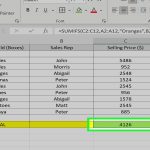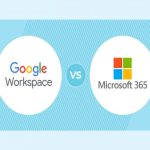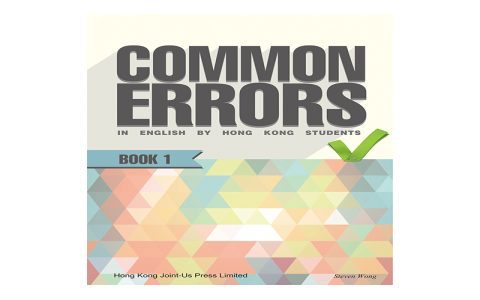Choosing a 10TB SSD requires careful evaluation to ensure high performance, reliability, and value. Mistakes often stem from overlooking key specifications or prioritizing cost over quality.
Essential Selection Criteria
- Interface and Performance: Opt for NVMe SSDs for faster read/write speeds (over 3,000 MB/s) if your system supports it; SATA is suitable for basic needs but slower. Verify sustained performance under load to avoid throttling.
- Endurance and Durability: Check the TBW (Total Bytes Written) rating—aim for at least 5,000 TBW for professional workloads. Higher-endurance drives handle data-intensive tasks better and reduce failure risks.
- Reliability and Warranty: Choose reputable brands like Samsung or Crucial, ensuring at least a 5-year warranty. Review real-world failure rates from user reviews to gauge long-term stability.
- Compatibility and Form Factor: Ensure the SSD fits your device's slot (e.g., M.2 2280 or 2.5-inch). Confirm power and thermal requirements to prevent overheating in dense setups.
- Price vs. Value: Calculate cost per TB; premium models may justify higher prices with features like advanced error correction and encryption.
Common Mistakes to Avoid
- Ignoring TBW Ratings: Settling for low endurance increases failure rates in large-capacity drives; always select SSDs with robust TBW for your usage profile.
- Overlooking Compatibility Issues: Failing to check physical dimensions and interface support leads to installation errors; measure your system's constraints beforehand.
- Prioritizing Price Alone: Cheap alternatives often sacrifice quality, resulting in data loss or poor performance; invest in verified brands for consistent reliability.
- Neglecting Thermal Management: High-capacity SSDs generate heat; avoid throttling by using heatsinks and ensuring adequate airflow in your setup.
- Skipping Firmware Updates: Outdated firmware causes performance dips; regularly update to maintain optimal speed and compatibility.
Focus on specifications aligned with your use case—e.g., content creation demands high TBW, while archival needs emphasize longevity—to make an informed, efficient purchase.












